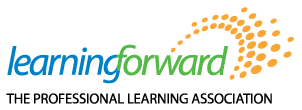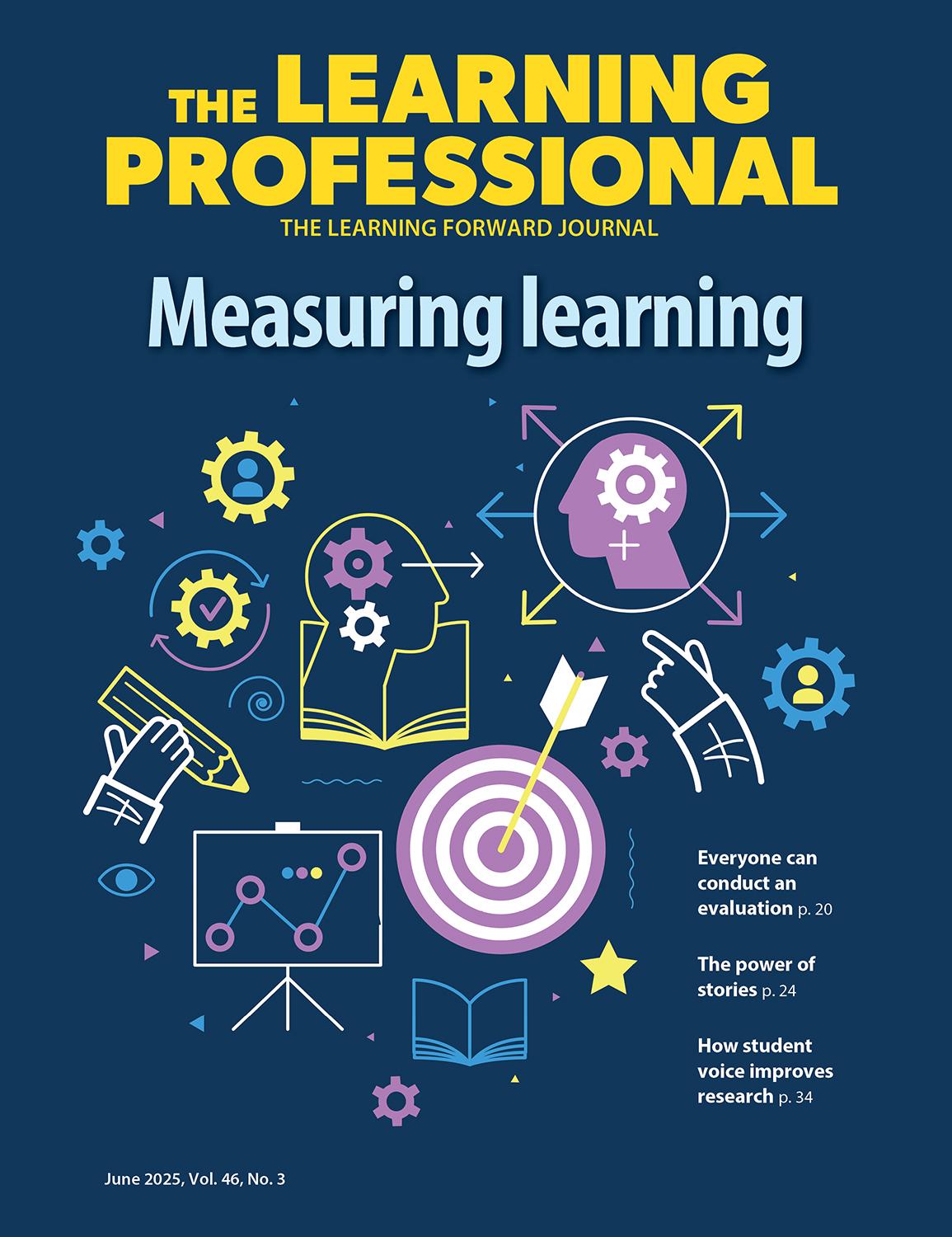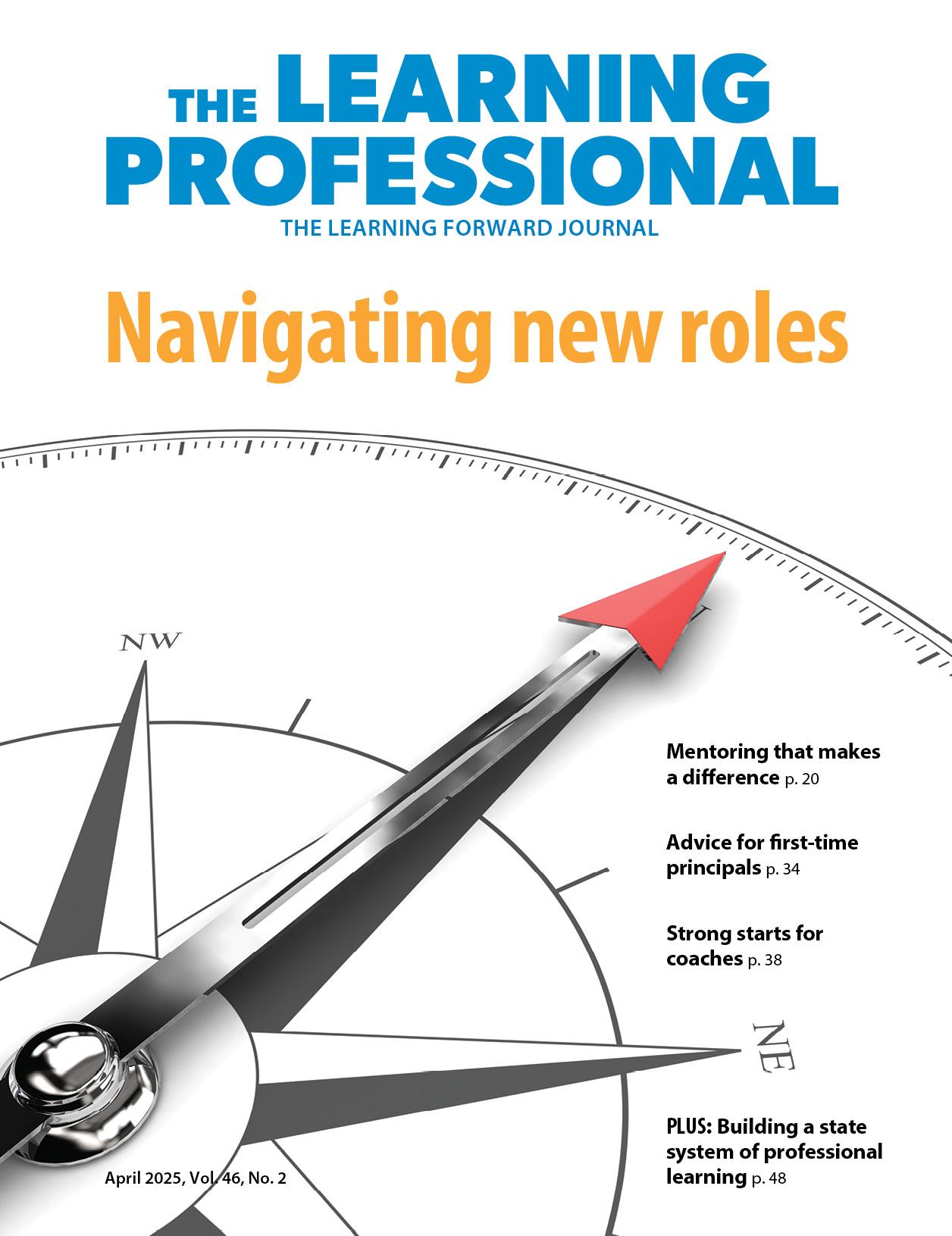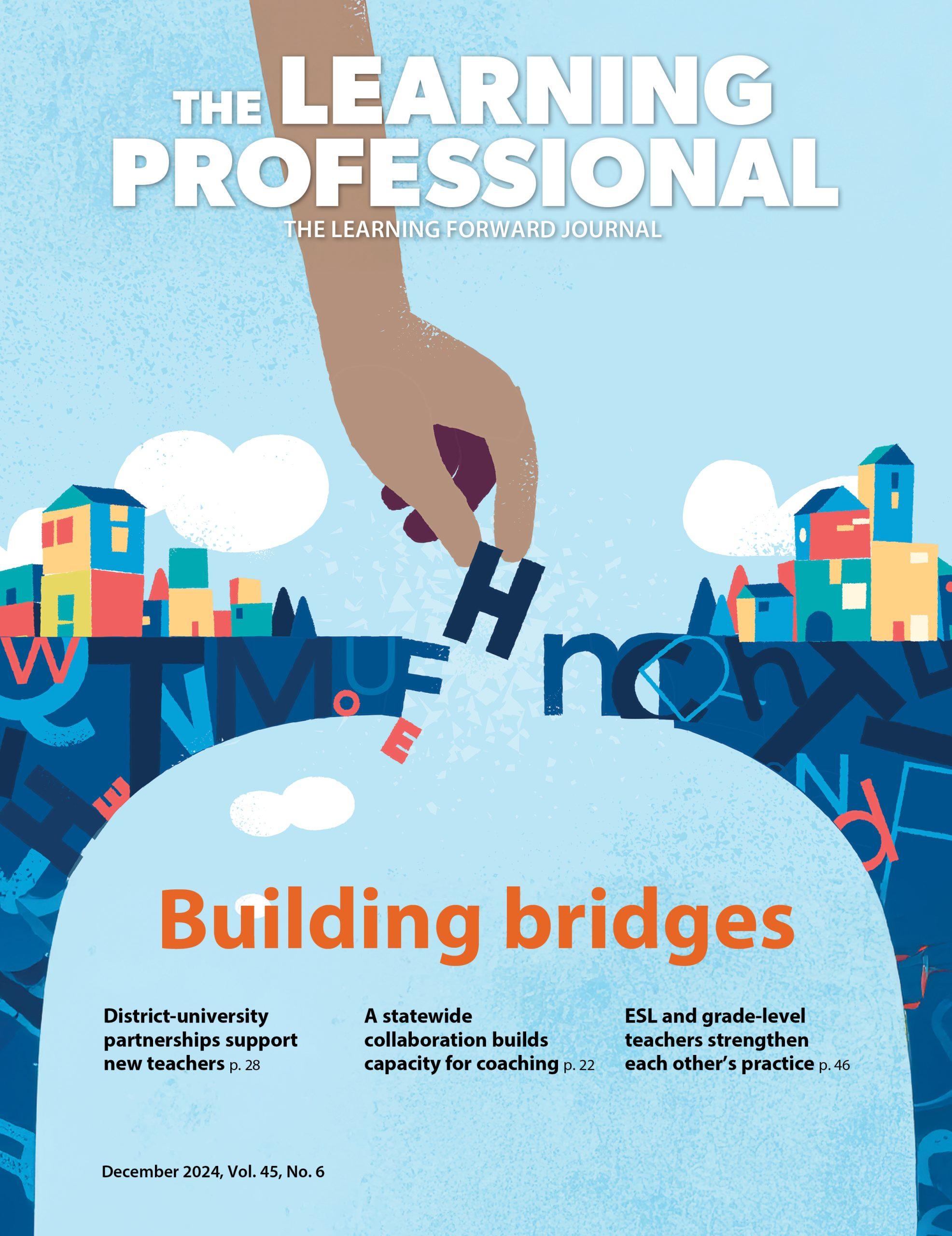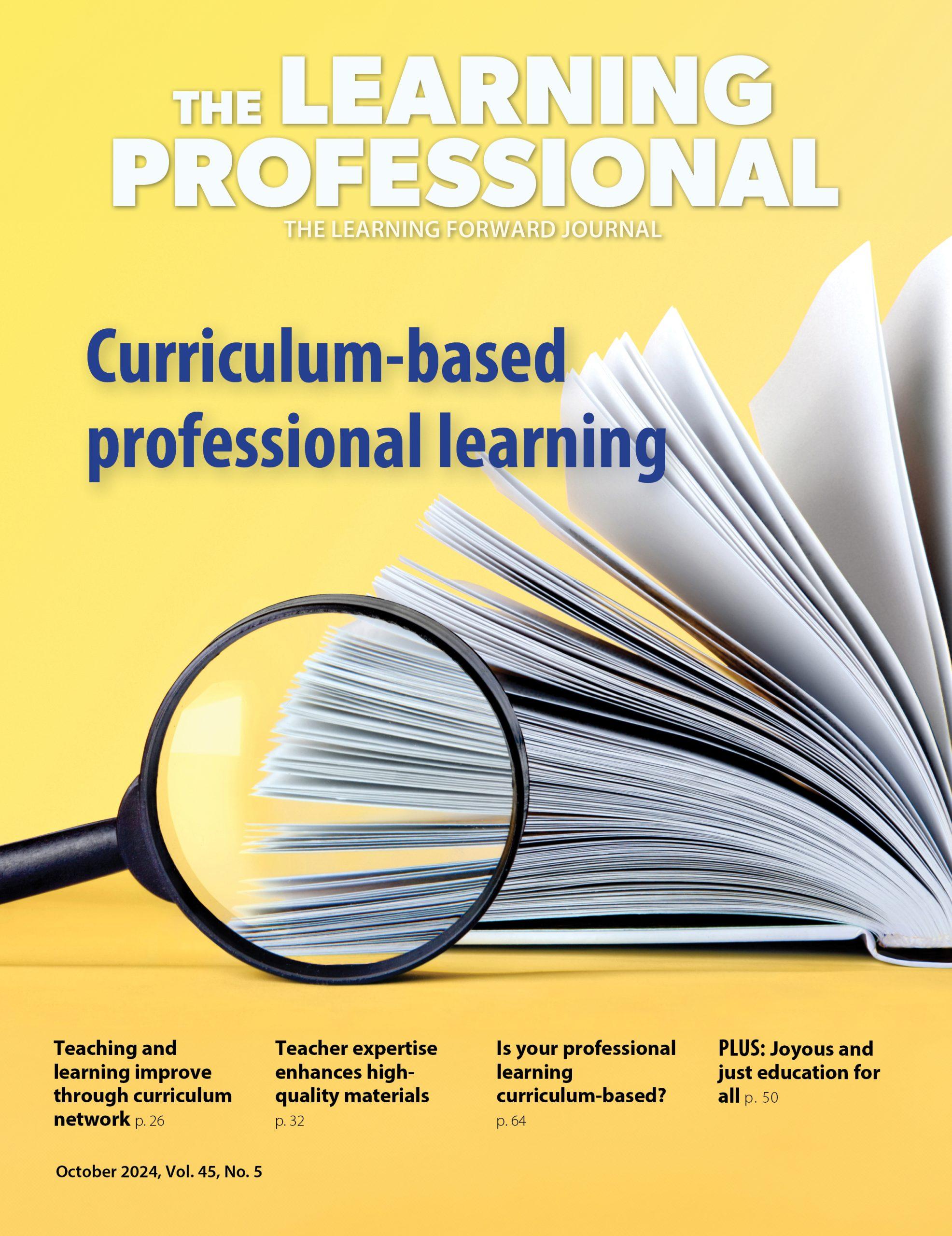Carey Wright is the Maryland state superintendent of schools and the former superintendent of education in Mississippi. Previously, she served in several district leadership roles in the District of Columbia and in Maryland’s Montgomery County Public Schools. She has served on both the National Assessment Governing Board and the board of Chiefs for Change.
During her nine-year tenure in Mississippi, Wright implemented major reforms and oversaw improvements in instruction that led to significant annual gains in English language arts and mathematics proficiency. In this time, Mississippi students’ scores on the National Assessment of Educational Progress (NAEP) improved at a faster rate than those of nearly all other states, and 4th graders went from 50th in the nation in reading to ninth.
Throughout her career, Wright has leveraged professional learning as a key strategy for improving teaching and learning, and she is a champion of the power of high-quality professional learning to improve student achievement. She spoke with The Learning Professional in January 2025.
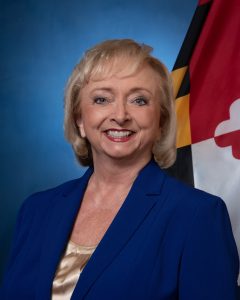
Why is high-quality professional learning important for you as a state education leader?
It has been my priority for a number of years to invest in teachers and leaders in order to build their capacity. Everybody wants to do the very best that they can, and if you don’t have a series of high-quality professional learning programs in your state, you’re missing the chance to achieve that. Professional learning allows you to enhance educators’ skill sets, no matter what kind of experience they have when they walk in.
It’s got to be high-quality professional learning, though. It shouldn’t just be sit-and-get. Educators should leave with takeaways they can apply either in teams or individually to produce high-quality student outcomes. For example, we just started a series of leadership trainings here in Maryland. We got the leaders actively involved in understanding and applying how to observe a teacher’s classroom, unpack the standards, and understand what should be taking place in the classroom. It was really interesting to listen to the conversations principals had about what they learned and how they would provide teachers with quality feedback.
That’s the essence of what we want to do with professional learning in our state. It’s about showing the direct connection between why educators are there, what they’re learning, and how it’s going to impact student learning in classrooms.
How do you build commitment and a culture for high-quality professional learning?
In Mississippi, when people started seeing the results of high-quality professional learning in their schools or in other schools, there was a tendency for leaders to pick up the phone and say, “Okay, what exactly are you doing with professional learning?” and, “Oh, that thing you were doing led to these results.” Starting with a coalition of the willing fosters success and more support as time goes on.
When I first got to Mississippi, the state department of education had really not been leaning in very heavily with professional development. It was very sporadic, and it was really left to the districts. Since we had more than 100 districts, that meant there were more than 100 different directions the professional learning could take.
It was obvious from our schools’ results over the prior decade that what was currently happening was not working. So when we decided to start implementing the science of reading to improve literacy, I said, “We need to train all pre-K through grade three teachers in what reading instruction should look like at each grade level.” Over a period of time, we held many professional learning sessions, and each session built on the last one in an intentional way. Learning Forward was a really good partner with us in that work.
I believed it was important for everybody to have common language and a common understanding about what the science of reading is and is not. I wanted to make sure all the professional learning experiences used the same language and concepts, for teachers and for principals. We knew that principals needed the same level of knowledge as teachers so they knew what to look for in classrooms when they were doing walk-throughs and observations. We also wanted to make sure they were communicating consistent messages to families.
Because we found that universities differed in how they prepared teacher candidates to teach reading, we invited the professors of all the teacher preparation programs in the state to the same professional learning. We paid for it so it wouldn’t cost the universities. I was pleased to see that many of them came, and many of them actually went back and did change what they were requiring of their candidates.
Has the movement to improve reading instruction opened the door for other professional learning efforts?
I think so. When you are seeing that something really does work it makes you say, “Well, what was behind that?” And with reading, we can very comfortably say we provided a whole lot of professional learning for teachers and leaders so they know what research says about what should be done in classrooms.
Now the research is starting to get pretty clear about what works in teaching mathematics. For example, we know that procedural fluency and procedural understanding in the early grades provide an important foundation, just as decoding is a foundation for reading comprehension. So yes, as we’re doing successful professional learning I think it’s important to consider other avenues we want to open up.
You have made coaching a part of your strategy in both Mississippi and Maryland. What role has coaching played in improving teaching and learning?
The coaches are there to help build teacher and leader capacity. They’re not evaluative, and they’re not there to tell teachers what to do. They’re there to say, “Here’s what the research says about the instructional core, or how to do walk-throughs, or how to teach kids to read, and I can help you do that.”
In Mississippi, we hired all the coaches and provided professional learning experiences for them once a month so they could continue to grow and then go back to the classrooms knowing exactly what was needed.
In Maryland, since coaches were already hired across the districts, I decided we should pull the coaches in on a regular basis from across the state and provide them with professional learning. We are now in the process of planning regional professional learning meetings. We want to make sure coaches know what they’re expected to do and how to be most helpful when they stand side by side with teachers in classrooms in both literacy and mathematics.
We developed comprehensive literacy and math policies that are really changing what we do in schools, so we have to support teachers with the professional learning to make those changes. I liken it to William Bridges’ book,Transitions: Making Sense of Life’s Changes, about managing change. There’s a visual that shows what it’s like if you’re a trapeze artist and you’ve got ahold of the bar and are getting ready to release it and grab the next bar. It’s that period in the middle when teachers feel uneasy — they’re letting go of what they know, whether it’s right or wrong, and grabbing what research says works best for students. We have to support them in the middle — support that willingness to change practice and move to research-based instruction in both literacy and math. I view that as our responsibility at the state agency.
What was one of your most powerful professional learning experiences?
When I was an associate superintendent in Montgomery County, Maryland, we were one of nine districts participating in Harvard’s Public Education Leadership Project (PELP). The districts all brought their teams to Harvard for a week and each team brought a problem of practice. We worked with the faculty to examine those problems through the lens of case studies from business and education, and we had lots of team time to discuss and process all the concepts we were learning about.
We also learned from teams from other states, so we could ask, “Are you struggling with the same thing? What have you started doing? What have you stopped doing?” It gave us the chance to look at the whole as well as the parts. It also prompted a lot of self-reflection for me about what I was doing as a leader, what new skills I needed to acquire, and what skills my team could benefit from. It was such a powerful learning experience that I did it with my team for three years straight. I then became a PELP facilitator for four summers, where I helped facilitate the program with other districts.
What advice do you have for other education leaders about making professional learning successful?
Making sure our teachers are prepared is going to require professional learning that looks different from what we did in the past. Teachers have to walk away from professional learning feeling it was time well spent. That means having time to talk to each other, learn from each other, share materials with each other, and plan together. Too often we get them in a room and we talk to them all day long, but we don’t give them time to talk about how to apply the new knowledge in their classrooms or how to change what they’re currently doing.
It’s also important to make sure there’s a feedback loop. Did the professional learning really help teachers in the classroom or leaders in their roles? If the answer is no, then let’s figure out what was not effective so we can change it in the next round of professional learning.
I really want to encourage people to look at the work Learning Forward has done. I’ve always been involved with Learning Forward, even under its prior name, National Staff Development Council, because I believe there’s a lot to learn from what’s happening nationally as well as locally. A lot of thought has been put into the Standards for Professional Learning. Leaders should think about what that means for the educators they work with. It means moving from sit-and-get to embedded professional learning where people have “aha” moments from being immersed in something worthwhile.
It also means leaders thinking differently about their own learning. You’ve got to continue to grow and learn as a leader, regardless of how long you’ve been at this business. If you’ve got a series of great professional learning experiences set out for you, that makes you a better leader. I can tell you that professional learning will always be part of my mantra and my vision for improving teaching and learning.
Download pdf here.
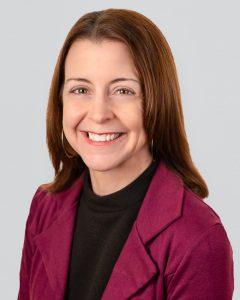
Suzanne Bouffard is senior vice president of communications and publications at Learning Forward. She is the editor of The Learning Professional, Learning Forward’s flagship publication. She also contributes to the Learning Forward blog and webinars. With a background in child development, she has a passion for making research and best practices accessible to educators, policymakers, and families. She has written for many national publications including The New York Times and the Atlantic, and previously worked as a writer and researcher at the Harvard Graduate School of Education. She has a Ph.D. in developmental psychology from Duke University and a B.A. from Wesleyan University. She loves working with authors to help them develop their ideas and voices for publication.
Recent Issues
NAVIGATING NEW ROLES
April 2025
Whether you’re new to your role or supporting others who are new,...
LEARNING DESIGNS
February 2025
How we learn influences what we learn. This issue shares essential...
BUILDING BRIDGES
December 2024
Students benefit when educators bridge the continuum of professional...
CURRICULUM-BASED PROFESSIONAL LEARNING
October 2024
High-quality curriculum requires skilled educators to put it into...
